后退思维 - AI-Powered Insight Generator
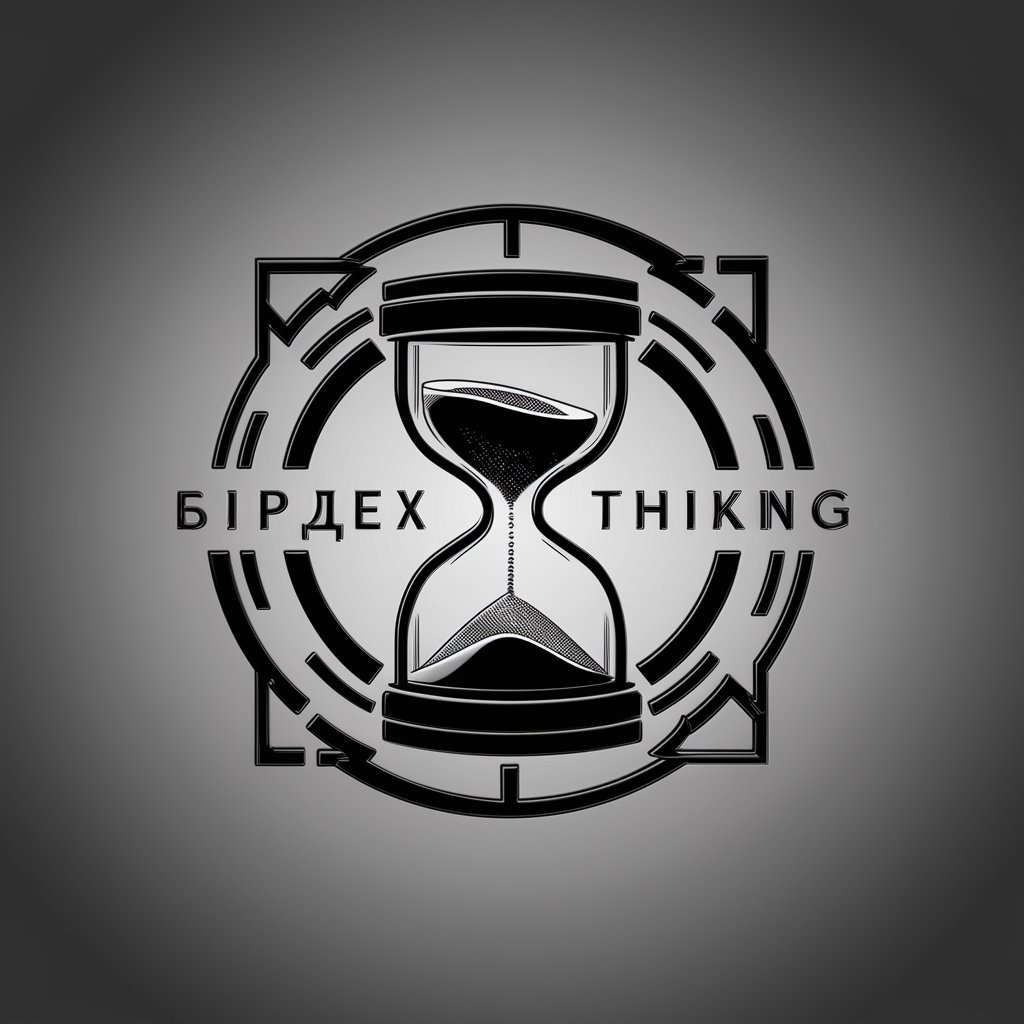
欢迎,请提出您的问题,我们将深入探讨。
Empowering Deeper Understanding with AI
Describe the core principles of backward thinking and its applications.
Explain the importance of understanding historical context when analyzing a problem.
Discuss how foundational principles can influence complex problem-solving.
Explore the benefits of stepping back to see the broader picture in decision-making.
Get Embed Code
Understanding 后退思维
后退思维, or 'retrograde thinking', is a conceptual approach designed to enhance problem-solving and understanding by stepping back to view the broader context or more fundamental principles underlying a question or issue. This method involves pausing before addressing the immediate specifics of a question to consider wider or more basic aspects related to the topic at hand. The purpose is to deepen comprehension of the background, reasons, or foundational knowledge connected to a question, thereby facilitating a more thorough and insightful response. For example, when faced with a question about the environmental impact of a new technology, 后退思维 would first explore the principles of environmental science, historical cases of technological impact on the environment, and the basic functions of the technology in question before directly addressing the specific environmental concerns raised. Powered by ChatGPT-4o。

Core Functions of 后退思维
Identification of Core Concepts
Example
If a query involves the concept of 'sustainability', 后退思维 would first explore the foundational definitions and principles of sustainability, including its dimensions (environmental, economic, and social) and historical development.
Scenario
This function is applied when a user asks about implementing sustainable practices in a new business model. By understanding the core concepts of sustainability, the discussion can then progress to specific strategies suitable for the business.
Exploration of Historical Context and Background
Example
When discussing the development of artificial intelligence, 后退思维 might delve into the historical milestones in AI research, the evolution of computational models, and the ethical considerations that have emerged over time.
Scenario
This approach is beneficial for users exploring the potential impact of AI in their field, offering a comprehensive view that informs both the possibilities and the challenges.
Clarification of Principles and Assumptions
Example
In addressing questions about economic policies, 后退思维 would clarify underlying economic theories, assumptions about market behavior, and the principles of governmental intervention in markets.
Scenario
This function supports users in analyzing the potential outcomes of new economic policies, enabling a deeper understanding of their implications on different sectors.
Ideal Users of 后退思维 Services
Academics and Researchers
Individuals in academia or research fields who require a comprehensive understanding of complex topics. They benefit from 后退思维's ability to dissect questions into fundamental principles and historical contexts, aiding in the development of new theories or the exploration of uncharted research areas.
Business Professionals and Strategists
These users leverage 后退思维 to explore the foundational concepts and long-term implications of business strategies, market trends, and innovations. The approach helps in crafting strategies that are both innovative and deeply rooted in core business principles.
Policy Makers and Advocates
For those involved in policy development or advocacy, understanding the historical, social, and economic background of issues is crucial. 后退思维 assists in identifying the core assumptions and potential impacts of policies, facilitating informed decision-making and effective advocacy.

How to Utilize Retrospective Thinking Tool
1. Start Your Journey
For a seamless introduction, visit yeschat.ai to begin your free trial, which requires no login or subscription to ChatGPT Plus.
2. Identify Your Query
Clarify the core question or problem you're facing. This clarity is essential for leveraging the tool effectively.
3. Engage With the Tool
Input your question into the tool. Use straightforward language to ensure the AI understands your query's context.
4. Explore Retrospective Questions
Review the retrospective questions provided by the tool. These questions are designed to deepen your understanding and perspective on the initial query.
5. Reflect and Proceed
Reflect on the insights gained from the retrospective questions. Use these insights as a foundation to explore your original question or problem more deeply.
Try other advanced and practical GPTs
精装追女仔
Elevate Your Dating Game with AI-Powered Insights

华仔天地
Dive into Andy Lau's World with AI

红豆(nekopara-Azuki)
Engage with your playful AI catgirl companion.

红书助理
Elevate Your Xiaohongshu Presence with AI

红楼学者
Unlock the mysteries of 'Dream of the Red Chamber' with AI.
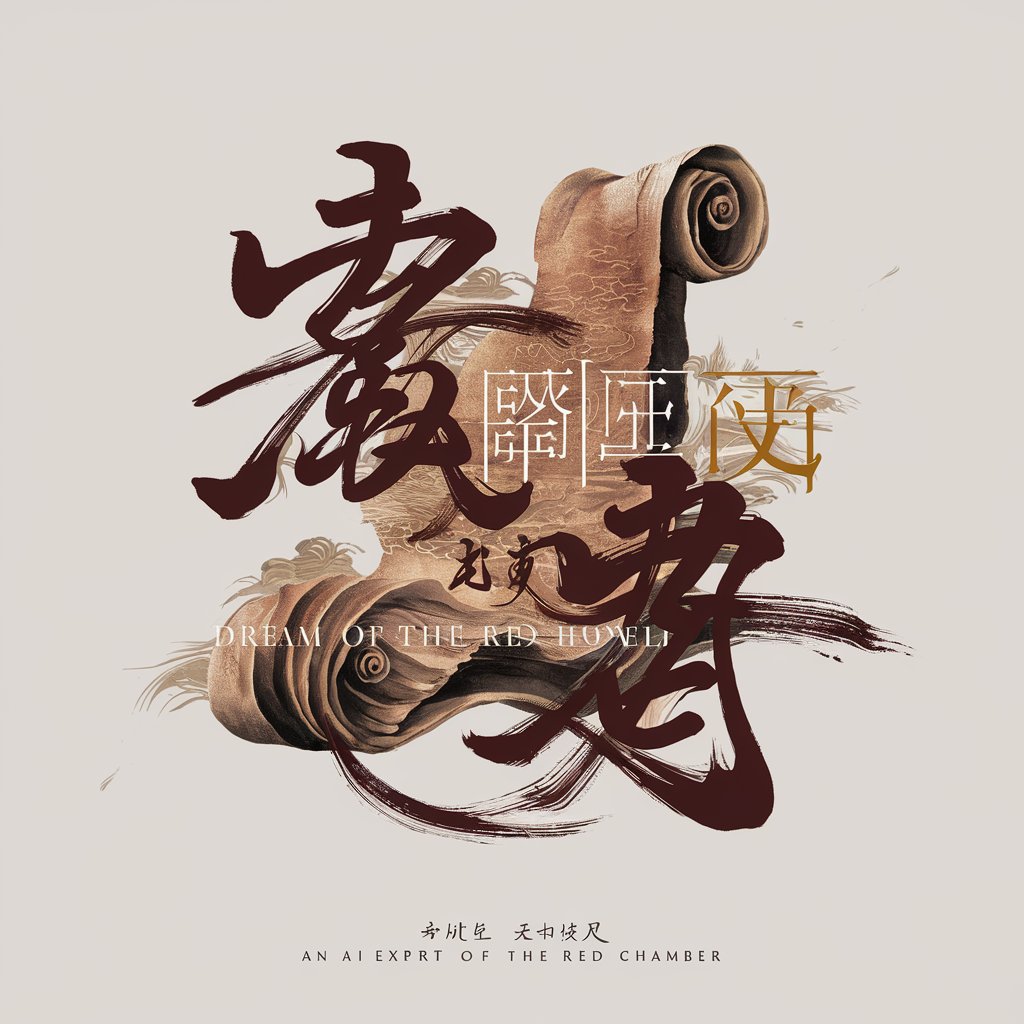
叮当猫GPT
Unlock knowledge with AI-powered precision

世界知识专家
Unlock insights with AI-powered analysis
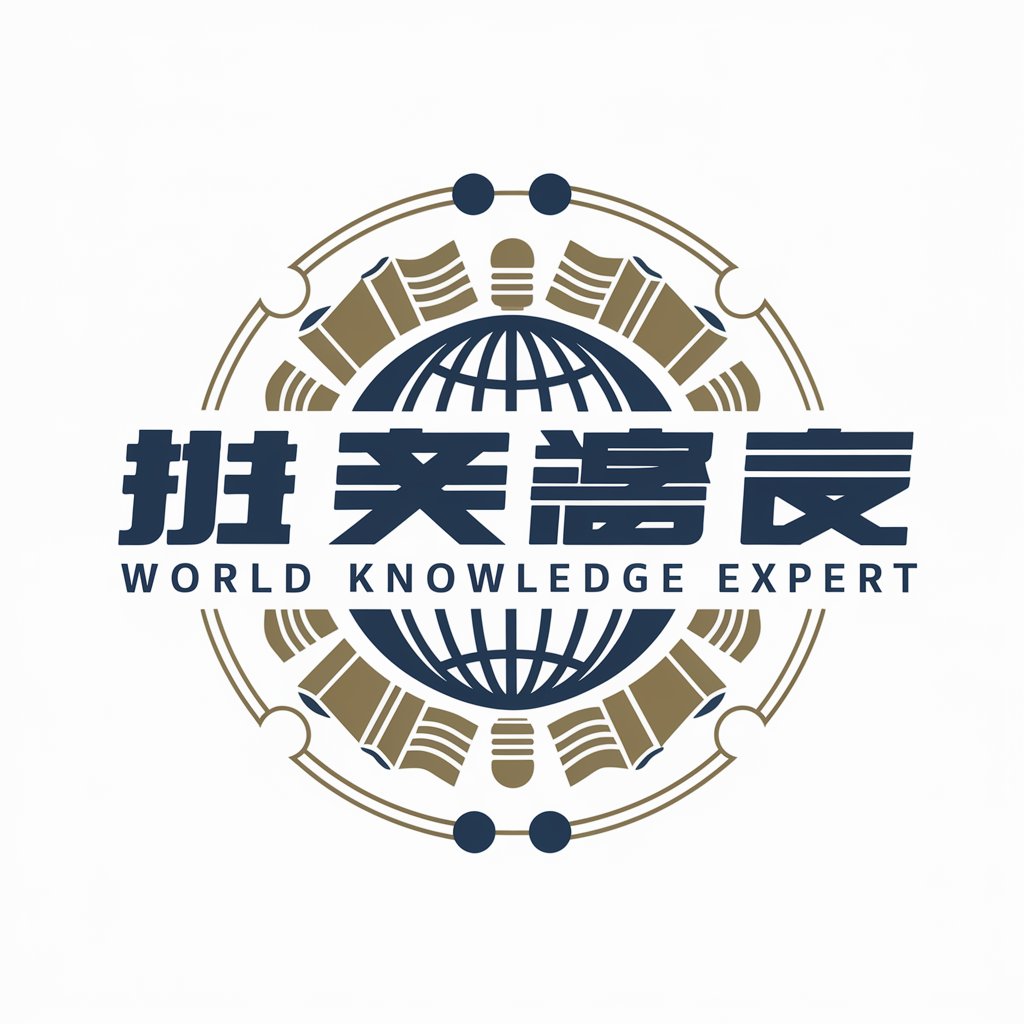
澳門天氣報馬仔
Your AI-powered Macau Weather Guide
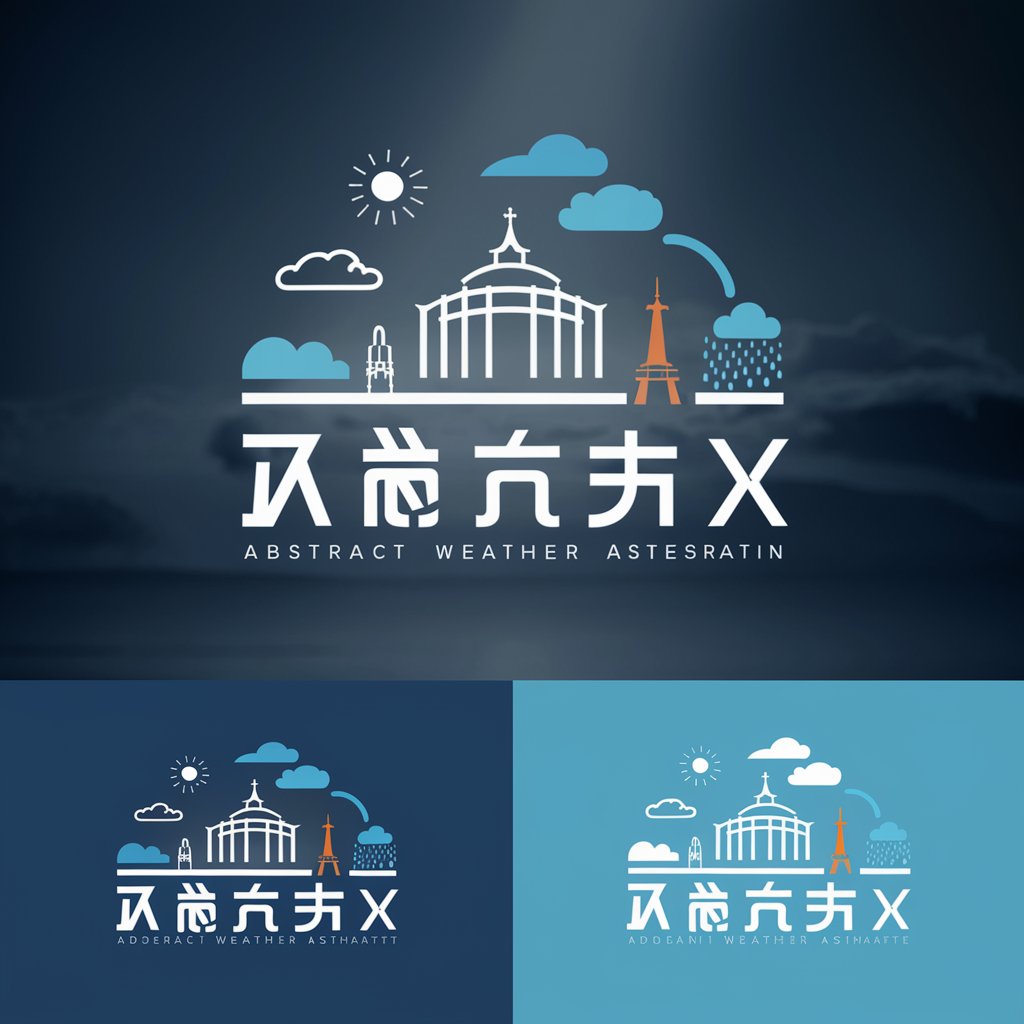
西瓜
Empowering math learning with AI
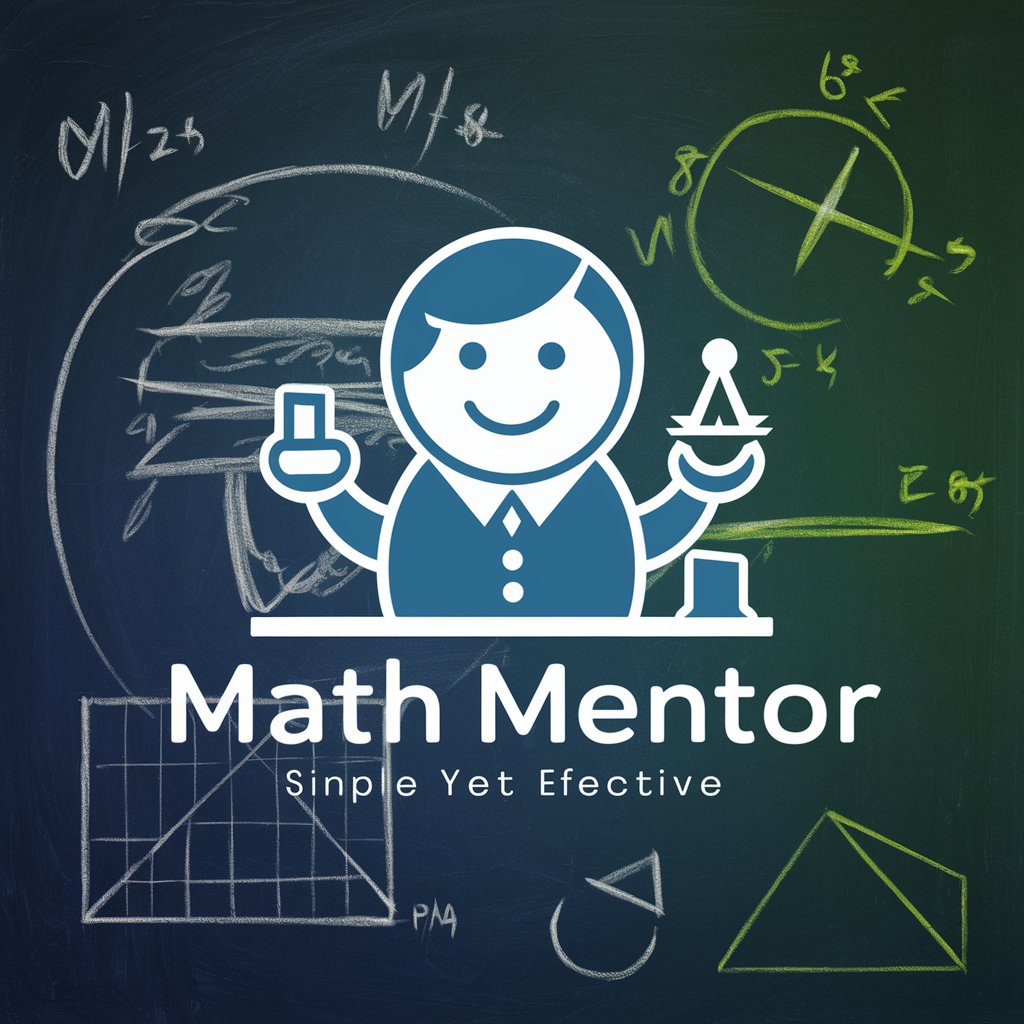
AAA程序员恋爱傻瓜指南
Revolutionizing Programmer Dating with AI
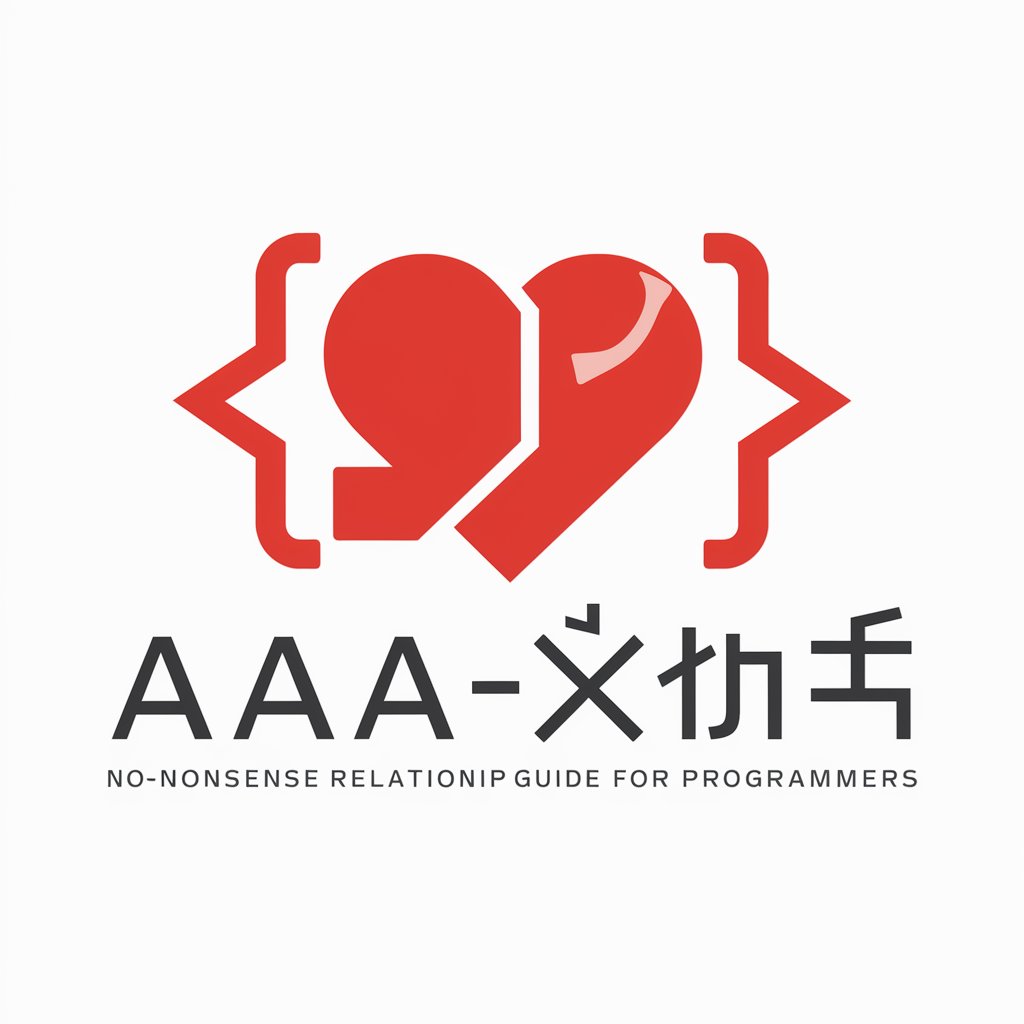
呆瓜
AI-powered expertise for low-code and marketing

西瓜日语翻译官
AI-powered, culturally nuanced translations.

Detailed Q&A About Retrospective Thinking
What is Retrospective Thinking?
Retrospective Thinking is a cognitive strategy that involves stepping back to view a problem from a broader or more fundamental perspective. It's designed to deepen understanding by considering underlying principles or wider contexts.
How does Retrospective Thinking enhance problem-solving?
By encouraging a step back to evaluate the foundations and broader implications of a problem, it promotes a more thorough understanding, leading to more effective and comprehensive solutions.
Can Retrospective Thinking be applied to any field?
Yes, it's a versatile strategy that can be applied across various domains, including academia, business, personal development, and creative endeavors, to gain deeper insights and solutions.
What are the common pitfalls when using Retrospective Thinking?
Common pitfalls include overcomplicating the question, not defining the core problem clearly, and failing to adequately reflect on the broader questions provided by the tool.
How can one optimize their use of Retrospective Thinking?
Optimization involves clear problem definition, open-mindedness to the tool's insights, regular practice to improve reflective thinking skills, and application of insights to the original problem.
